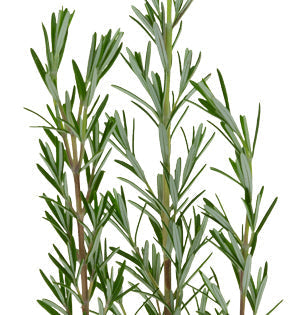Resources - Flower Library
Welcome to our Flower Library. In these pages you will find over 134 of the most common florist flowers and foliages used in floral design. We have pictured and detailed the common and botanical names of each flower along with it's seasonal availability and colors. You may search for a flower by name or by image. For each flower we have detailed the care and conditioning methods, storage temperatures, design notes and problems specific to each flower. Also included in these pages are interesting facts about each flower including the country or region of origin, how the flower came to named, and historical notes about the flower.



.jpg?v=0)













